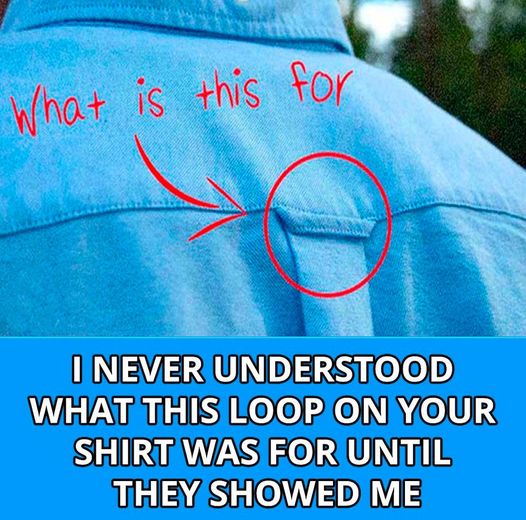
The “locker loop” on button-down shirts might look like a tiny, decorative afterthought—but it actually carries a rich history of both function and style.
First introduced by the U.S. Navy, the loop served a purely practical purpose: giving sailors a simple way to hang their uniforms in the cramped quarters aboard ships, keeping them wrinkle-free and neatly stored.
By the 1960s, the feature sailed into civilian wardrobes thanks to brands like GANT, who incorporated it into shirts for Ivy League students. In dorms and locker rooms, the loop made it easy to hang shirts without wrinkling them—earning its now-famous name. But it didn’t stop there. Among Ivy League circles, the locker loop became a subtle social signal. Men would snip theirs off to show they were taken, while women used scarves in a similar way. In some cases, friends—or flirts—would mischievously tear the loops right off.
As time passed, the locker loop shed most of its utilitarian purpose, evolving into a style signature embraced by brands like Ralph Lauren. Today, even though hangers have made it largely unnecessary, it remains a nostalgic detail—a nod to its naval origins, collegiate traditions, and the playful codes of decades past.
A small strip of fabric, yes—but one that proves even the tiniest details in fashion can tell a big story.


